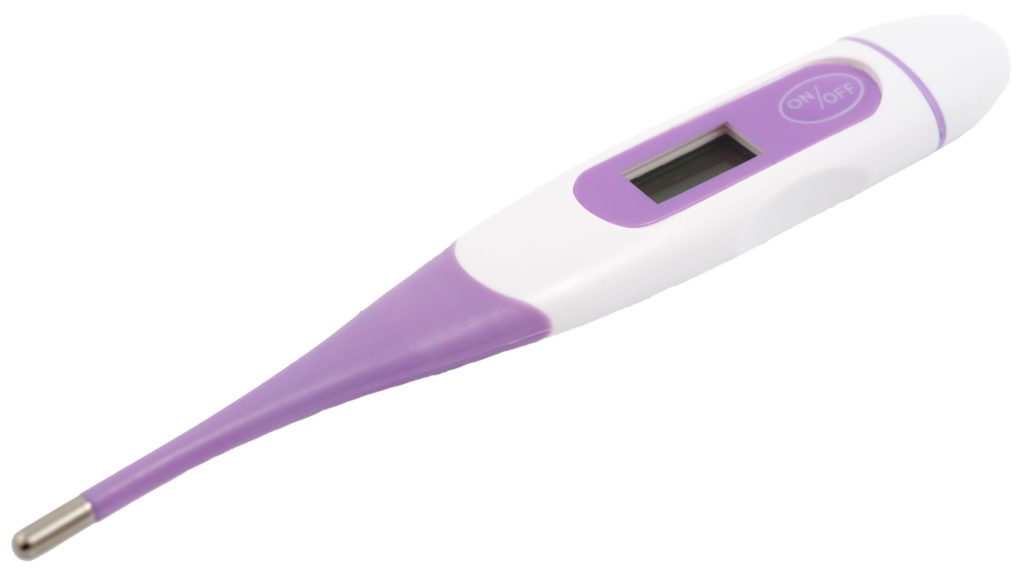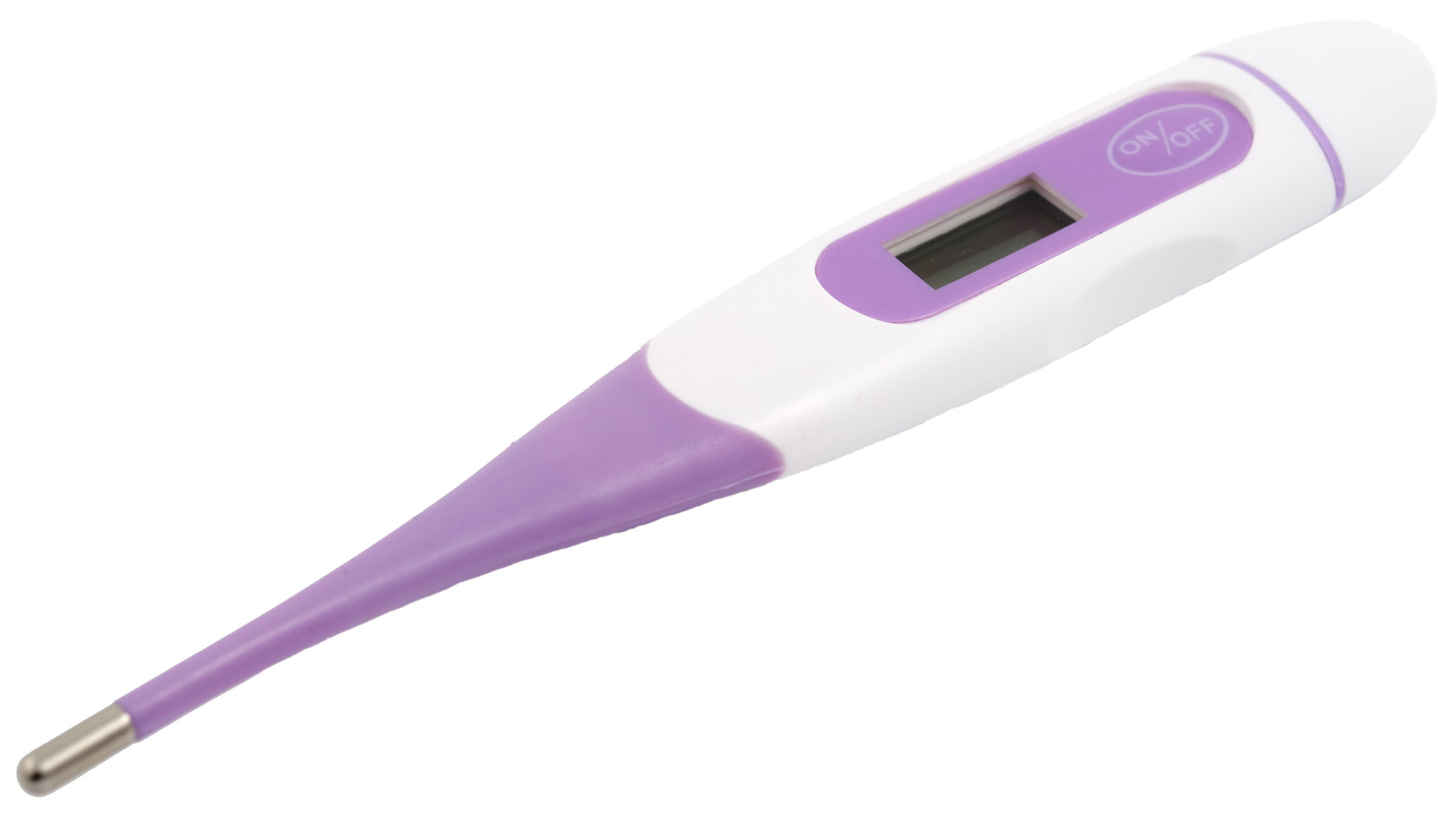
For every aspiring mother, one of the most fundamental steps in conceiving a child is understanding the relation between fertility and body temperature. That’s right, fertility and body temperature have a key link because right after ovulation happens in the menstrual cycle, there is a noticeable ascent in body temperature and this temperature rise cannot be detected by a regular fever thermometer. This is where Basal Thermometers step in to help conceiving mothers track their fertility and identify their ovulation.
BBT stands for Basal Body Thermometer or Basal Body Temperature. For all inquisitive mothers, basal body temperature is the body’s lowest resting temperature which is most accurately measured first thing in the morning, probably right after you’ve woken up. This sort of temperature cannot be measured by a regular fever checking thermometer. Prior to using a basal body thermometer, it is ideal to create a BBT chart, that helps you track fluctuations in your basal body temperature that occur within your cycle over the course of seven months.
How to monitor your Basal Body Temperature?
Normally, during the initial two weeks of woman’s cycle, her body temperature is relatively lower (96.0 to 97.5F). With ovulation, a gentle rise in the body temperature is witnessed – which is usually caused by progesterone – a hormone that provides a warmer, more fertile environment. With the right basal body thermometer, conceiving mothers can more efficiently monitor when this temperature change takes place, helping them correctly determine when ovulation takes place in their cycle. Doctors recommend monitoring this temperature consistently every morning, at the same time each day since any physical activity can lead to an increase in your resting temperature. It is recommended that women take their BBT reading before they get out their beds. A minimum of three to four hours of sleep is a necessity before your BBT can be determined.
Does having a BBT chart help predicting ovulation?
Several researches have concluded that one of the most effective and reliable ways to predict ovulation is by maintaining a BBT chart. This chart helps you in determining fertility patterns in your cycle – allowing you to predict ovulation based on your menstrual cycle history. You must have known by now that the temperature increase takes place right after ovulation, so your BBT charts can tell you when you have ovulated and provide a great way to determine when would the window of conception for you would open.
Features you should look for in the right Basal Body Thermometer
When buying your BBT, it is recommended to look for the one that has the following features:
- Accuracy – you would want to have a basal body thermometer that gives accurate to 1/100th of a degree.
- Reading time – the right BBT should at-least have a 90 seconds reading time.
- Memory – there are various BBTs out there in the market, but you should go for one that has a storing memory of up to 300 days.
- Synchronization – Not too many people go for it, but there are BBTs that have the feature to sync with your phone via Bluetooth.
Not only for women seeking conception, a basal body thermometer can be helpful for even those who are trying to avoid getting pregnant, by enabling them to know when to avoid having unprotected sex. Basal body thermometers have no side-effects, and are entirely reliable. For all the beautiful ladies who are in the process of buying the right basal body thermometer for themselves or their loved ones, it is recommended to first read some basal thermometer buying guidelines to make well-informed decisions. Also, it has been observed that women who use basal body thermometers are usually more informed and well-aware of their menstrual cycle as compared to those who don’t use BBTs. However, BBTs need to be monitored precisely and carefully to obtain accurate results; otherwise, the results won’t be much reliable and of lesser use to their users.
